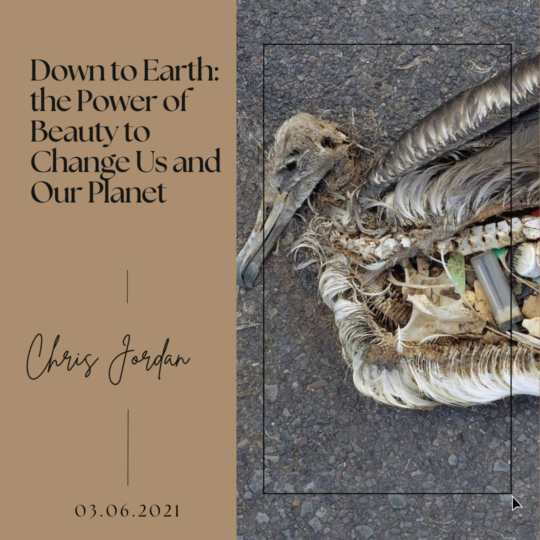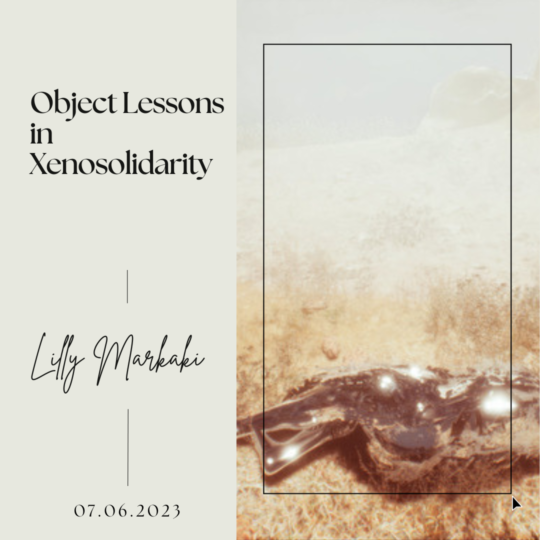Visual Language of Cultural Signs and Symbols
written by art historian & curator
The world of signs and symbols in culture is a multifaceted journey, reflecting the values, beliefs, and identity of a society. One can explore the beauty of its diversity through art, communication, language, faith or social interaction. We have all admired rich images that have the power to transmit more than 1.000 words or language expressions that speak about the profound meaning of life in only a few words. Art, especially contemporary creations, makes use of common visual symbols such as the dove, the heart or the cross to make a statement, be it positive or negative. Art has the role of drawing attention to societal directions that do not seem to be constructive for the people.
Videos you may enjoy as well:
It is not always easy to discover and understand the full meaning of the symbols, but scholars assure that with practice, each of us can develop a wider perspective of the symbols, admire their power of communication and appreciate when these signs are used with creativity and intelligence. Let’s go beyond the aesthetics and explore some of the most common visual signs and symbols known worldwide by taking a look at their historical significance, evolving meanings, and how they shape our understanding of diverse societies.
Signs and symbols we use every day
From the earliest cave paintings to contemporary digital art, humans have used symbols to represent their experiences and express their ideas. In ancient civilizations, symbols were often imbued with spiritual or religious significance. For instance, the ankh in ancient Egypt symbolized life and immortality, while the Yin-Yang symbol in Chinese culture represented the balance of opposites. These symbols were integral to cultural identity and were woven into various art forms, such as sculptures, pottery, and murals. Today some of these symbols serve as a visual language that transcends linguistic barriers, connecting believers across time and space.

Peace Symbol (☮). The peace symbol is universally recognized globally. Designed in 1958 by British artist Gerald Holtom, the symbol combines the semaphore letters “N” and “D” (standing for “nuclear disarmament”) within a circle. It has since become an iconic representation of peace and anti-war movements.
Heart Symbol (❤). The heart symbol is a widely recognized sign representing love and affection. It is commonly used in various forms of art, communication, and popular culture to convey emotions related to love, friendship, and compassion. The simplicity of the shape makes it a versatile and easily understood symbol across different cultures.
Yin-Yang Symbol (☯). Originating from Chinese philosophy, the Yin-Yang symbol represents the duality and interconnectedness of opposites. The circular design with two contrasting elements, one dark (Yin) and one light (Yang), symbolizes the dynamic balance and harmony present in the natural world. It is a symbol frequently associated with balance, equilibrium, and the complementary nature of opposites.
Cross Symbol (✝). The cross is a central symbol in Christianity, representing the crucifixion and resurrection of Jesus Christ. It is one of the most widely recognized religious symbols globally and is often used in art, architecture, and religious rituals. Beyond its religious context, the cross has also been adopted as a symbol of hope, redemption, and sacrifice.
Star of David (✡). The Star of David, also known as the Magen David, is a hexagram that consists of two interlocking equilateral triangles. It is a prominent symbol in Judaism, often associated with Jewish identity and heritage. The Star of David has become an image of Judaism and is featured on flags, synagogues, and various Jewish cultural artifacts.
Meaningful artistic creations incorporating common symbols
One image that became widely associated with the peace movement and has been reproduced on posters and banners as a symbol of hope and nonviolence is Pablos Picasso’s ”Dove of Peace”.
Picasso’s ”Dove of Peace” is a linocut print created in 1949. The artwork features a simple yet powerful representation of a dove in flight, carrying an olive branch in its beak. The gracefully rendered dove, with outstretched wings and a delicately curved body, conveys a sense of both movement and serenity. Picasso’s masterful use of line and form imparts a timeless quality to the image, reinforcing its significance as a powerful emblem for peace movements worldwide. The minimalistic yet evocative nature of the artwork allows viewers to connect with the artist’s humanitarian message, making “Dove of Peace” a poignant expression of art’s capacity to inspire positive change in the world.

Yoko Ono’s ”Imagine Peace Tower” is an outdoor art installation located on Viðey Island in Reykjavik, Iceland. Unveiled in 2007, the artwork consists of a tall tower of light emanating from a white stone monument engraved with the words ”Imagine Peace” in 24 languages. The installation is illuminated annually from October 9th (John Lennon’s birthday) to December 8th (the anniversary of his death). Yoko Ono created this piece as a living memorial to her late husband, John Lennon, and as a call for global peace and unity. The use of the phrase ”Imagine Peace” resonates with the iconic song ”Imagine” by John Lennon, which envisions a world of peace and unity.
These artworks not only visually represent the symbol of peace but also engage with the theme on a deeper level, conveying messages of hope and the desire for a world free from conflict. Both Picasso’s “Dove of Peace” and Ono’s “Imagine Peace Tower” have become powerful symbols in their own right, contributing to the global conversation about the pursuit of peace and the impact of art on shaping societal values.
Flowers have also inspired people, artists, writers, and composers and have even named one famous war in history, The War of the Roses. ”Red Canna” is a famous painting by American artist Georgia O’Keeffe, created in 1923. While not explicitly depicting a rose, O’Keeffe’s close-up, magnified depictions of flowers, including the iconic ”Red Canna”, evoke a sense of sensuality, beauty, and symbolism. The large, vibrant red flower is rendered with intricate details, exploring the essence of the flower as a symbol of love and passion. O’Keeffe’s ability to capture the intricacies of nature boldly and abstractly makes this painting a powerful exploration of the symbolic nature of flowers, including the rose, in art.

Another iconic artwork exploring the significance of roses is Salvador Dalí‘s ”Meditative Rose” (1958). In this artwork, Dalí presents a floating, translucent rose against a barren landscape. The petals of the rose are opened, revealing a clock face at its center. Dalí, known for his eccentric and dreamlike imagery, often used symbols with multifaceted meanings. In ”Meditative Rose”, the rose symbolizes purity and perfection, while the clock suggests the passage of time. The combination of these elements prompts contemplation on the fleeting nature of beauty and the inevitability of change. Dalí’s ”Meditative Rose” explores the symbolic depth of the rose beyond its conventional associations with love and romance.
Both of these artworks engage with the symbol of the rose in unique ways, using color, form, and symbolism to convey deeper meanings. While O’Keeffe celebrates the beauty and sensuality of flowers, Dalí prompts viewers to reflect on the transient nature of life and the symbolism inherent in the rose beyond its aesthetic appeal.
Cultural Symbols and Politics
The Star of David itself is a symbol associated with Judaism. However, the use or interpretation of the Star of David varies significantly depending on context, intent, and the parties involved. One must distinguish between the religious and cultural symbolism of the Star of David and its potential use in political situations. In recent years, the Star of David has been used in various ways in political discourse and protests related to the Israeli-Palestinian conflict. While the symbol has deep historical and religious significance for Jewish people, its use in political contexts can be misinterpreted.
Some critics of Israeli government policies use the Star of David as a symbol to express dissent and opposition. This is rather a political stance against specific policies of the Israeli government than against the Jewish people. So when one approaches such discussions it must be done with sensitivity, recognizing that the Israeli-Palestinian conflict is a highly contentious issue. Thus, the use of the hexagram can be a source of controversy and suffer several interpretations.
The meanings of signs and symbols are dynamic, evolving alongside cultural, social, and political shifts. What once symbolized unity and strength may take on new connotations in a different context. Artists play a crucial role in this evolution, adapting and reinterpreting symbols to reflect contemporary issues and perspectives. As we engage with a variety of signs and symbols, we unravel the layers of cultural significance, gaining insights into the shared narratives that define us as individuals and as a collective global society.





Leave a Reply